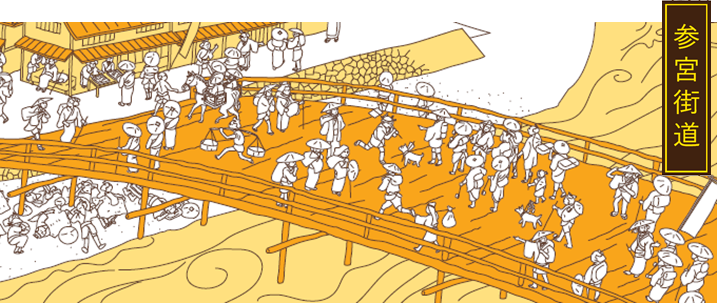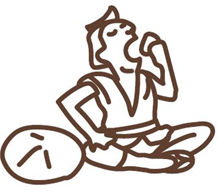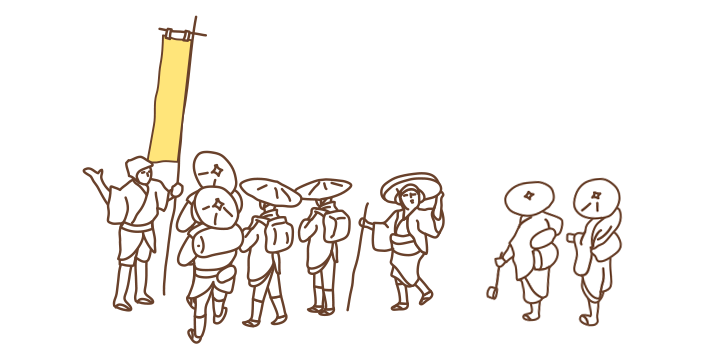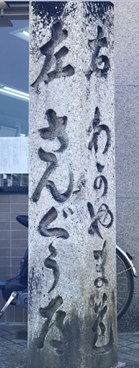Matsusaka Station
Flourishing Post Station Near the Ise Grand Shrine

Many connecting roads passed near to Matsusaka; some of the major routes connected Nara and Ise, Matsusaka and Wakayama, and travelled through Kumano. These served as trade routes for seafood, as well as roads for travelers and pilgrims. Matsusaka flourished as a post station, and the streets were lined with inns, leisure establishments, gift shops, and restaurants.








